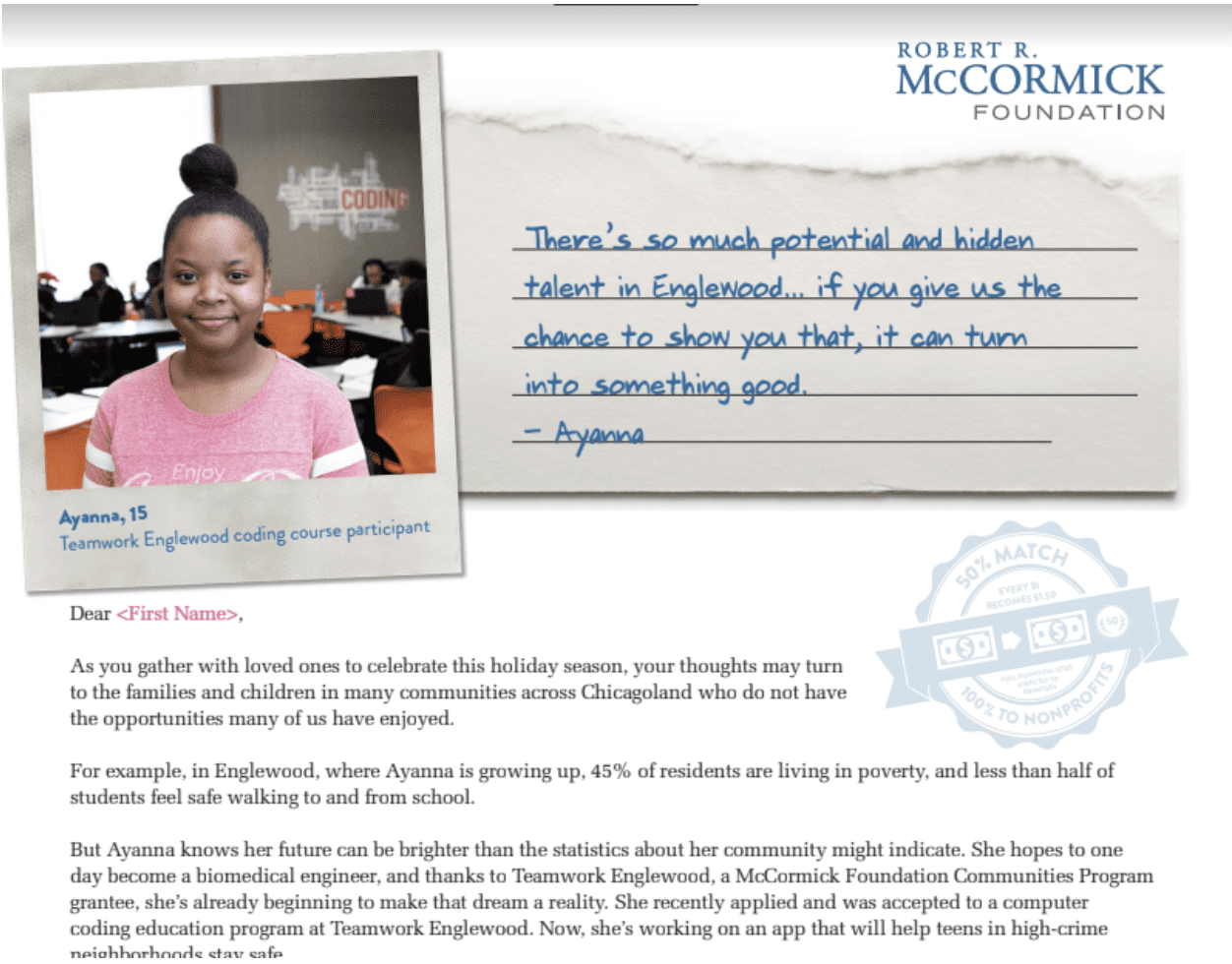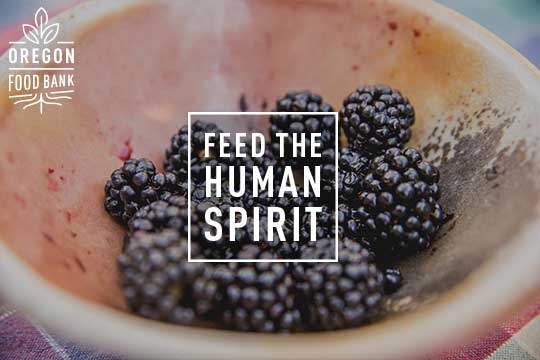If you ask anyone who knows me, they’ll probably tell you I’m an eternal optimist. The glass is always half full and, as my Mom would say, I tend to look at the world through rose-colored glasses. That might be why the strength-based messaging practice of emphasizing strengths over needs comes more naturally to me – it’s not about what we lack, it’s about what we have and the potential that lies within each and every one of us.
A strength-based approach is rooted in social work, and it’s a “work practice theory” which focuses on an individual’s self-determination and strength. As such, strength-based messaging builds on strengths and specifically positions individuals as resourceful and resilient – which we are! This type of messaging recognizes the ability of individuals to overcome their own obstacles with the right foundation and support systems in place. It focuses less on past challenges and more on current and future opportunities.
Taking a look at an example from a McCormick Foundation year-end appeal, which highlights Ayanna, we can see this best practice in action.

The opening provides a direct quote from Ayanna based on her experience. The body of the letter focuses less on challenges and obstacles she faces and more on future opportunities created by the work of the organization, it says: “Ayanna knows her future can be brighter than the statistics about her community might indicate. She hopes to one day become a biomedical engineer, and thanks to Teamwork Englewood…She’s already beginning to make that dream a reality.”
So let’s say you are part of a nonprofit that focuses on youth mentoring. You may have some outdated language floating around that says something like:
Youth who lack positive role models show an increased tendency toward risky behaviors such as drug and alcohol use.
While this statement may be true, strength-based messaging would encourage a reframe that focuses more on what youth gain with the support of a mentor. For example:
Youth who have a positive role model achieve better grades in school and have higher self-esteem, along with a decreased tendency toward risky behavior, such as drug and alcohol use.
Now let’s say you are part of a nonprofit that provides youth with healthy breakfasts before school. You might have some outdated language that says something along the lines of:
Hungry children can’t learn.
This statement frames the need as an individual weakness. A better frame might be something like:
Nutritious foods support every young person’s ability to learn in school.
When I’m trying to convey needs, I find it helpful to put it into the context of what we all need, as opposed to focusing on what one individual or group might need. We all need nutritious meals, a stable place to live, a supportive community of people who love and care about us, people we can look up to, etc.
I’ll share a final example from Oregon Food Bank, which does a really nice job with strength-based messaging, in the advertisement below.

When we turn the focus from what one person or a group of people needs and focus on the strength, power and potential that lives within each one of us, our communications can be supportive and empowering of our mission.
- The Latest Research and Trends in Strength-Based Communication
- The Equity Assessment: What Your Organization Needs to Do BEFORE Establishing Its Approach to Strength-Based Communication
- Strength-Based Communication Best Practice #1: Use Individual Preferences and Be Specific
- Strength-Based Communication Best Practice # 2: Use Person-First Language
- Strength-Based Communication Best Practice #3: Avoid Saviorism and Extreme Exceptionalism
- This Post: Strength-Based Communication Best Practice Number 4: Emphasize Strengths Over Needs